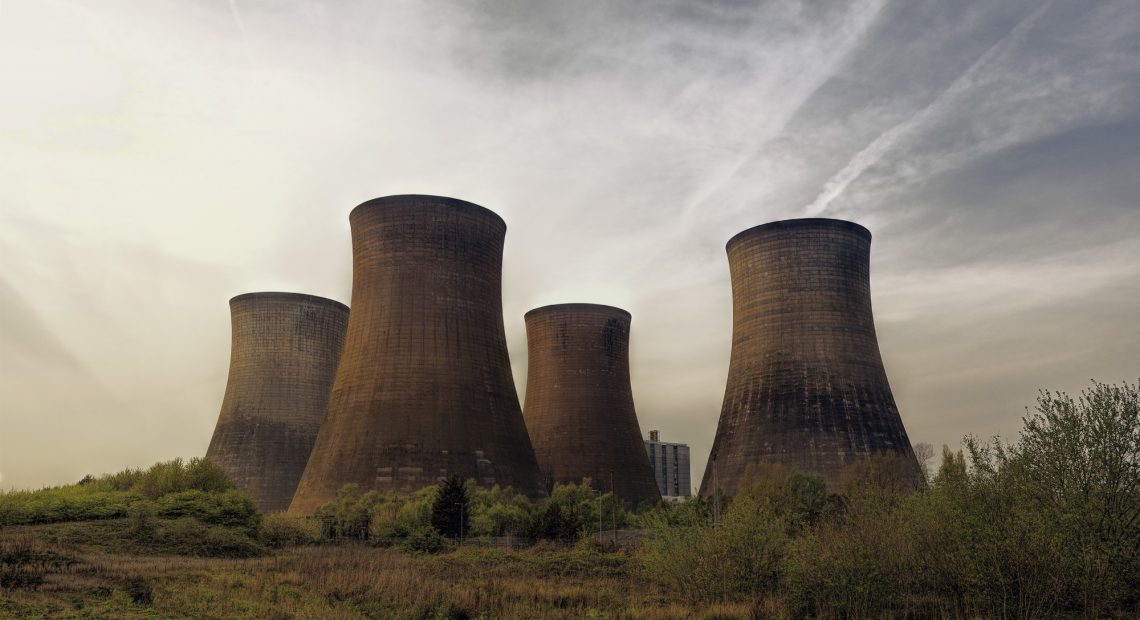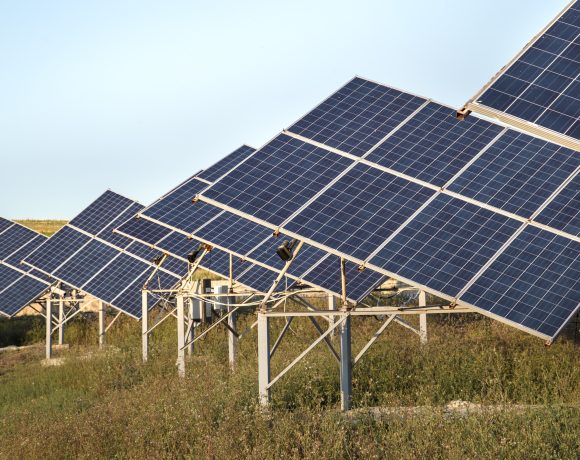
India Aims to Convert Retired Coal Plants into Nuclear Power Stations
India is exploring the transformation of decommissioned coal-fired power plants into nuclear power stations as part of its long-term clean energy push. The scheme would leverage existing infrastructure—land, grid connections, water supply—at retired sites to expedite nuclear capacity expansion while slashing initial investment costs. The government is targeting a jump from the current 8.7 GW of nuclear capacity to 22 GW by 2032 and 100 GW by 2047, with each state encouraged to plan at least one nuclear plant conversion.
Strategic and Economic Benefits
Repurposing coal plant assets could save India up to 35% on nuclear project costs by avoiding extensive new land acquisition and infrastructure setup. Deloitte India’s Anujesh Dwivedi described it as a “win-win,” boosting efficiency while reducing deployment time. Although this strategy avoids some initial financial and logistical hurdles, it still demands rigorous environmental reviews, regulatory approvals, and strict adherence to nuclear safety protocols.
Supporting the Energy Transition
Coal remains a backbone of India’s energy mix, accounting for around 212 GW out of a total 472 GW capacity. Meanwhile, renewables like solar and wind, though growing, remain intermittent. Nuclear plants offer reliable, carbon-free base load power, and converting coal sites to nuclear facilities could support grid stability while reducing greenhouse gas emissions.
Policy Reform and Capacity Scaling
To enable this transition, India is considering updates to the Atomic Energy Act and the Civil Liability for Nuclear Damage Act to encourage private investment. Work is already progressing on 14.3 GW of new nuclear capacity, though finalising land use, regulatory clearance, fuel agreements, and workforce development remain critical hurdles.
Potential Challenges
Repurposing coal plant sites isn’t without difficulties. Existing facilities will require extensive decontamination and adaptation for nuclear use. Ensuring community support—especially in areas previously resistant to new nuclear projects—will be essential. Dependency on imported nuclear fuel and large upfront capital outlays will require strong financing mechanisms and policy support.
India’s bold plan to turn retired coal plants into nuclear power stations offers a promising path toward accelerating clean energy transformation. By reusing infrastructure and bolstering policy support, the initiative could fast-track nuclear deployment, reduce emissions, and reinforce energy security. However, its success will hinge on thorough planning, strong regulatory frameworks, and stakeholder collaboration.


















